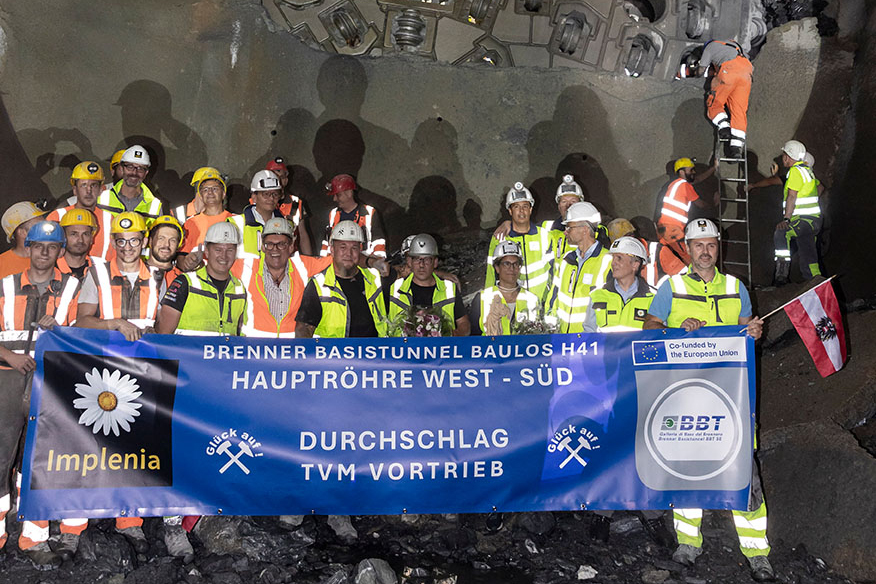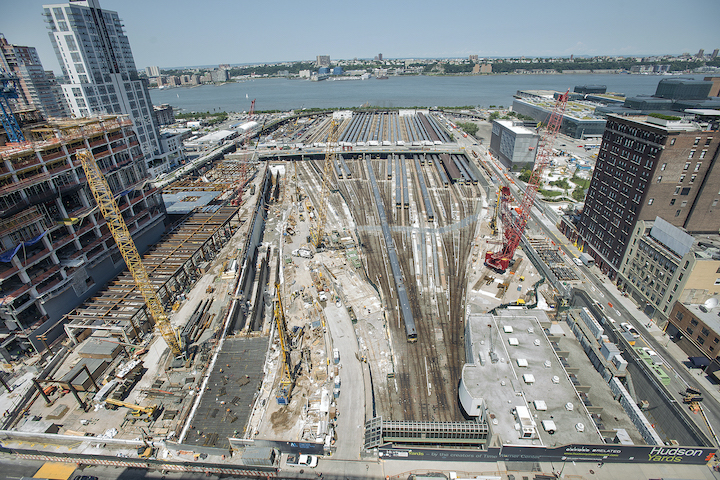Guest Post by F.K. Plous A recent story in The Hill "How 4 key infrastructure projects centered in Italy will reshape the European transit map",—and many others like it—offers further proof that Europe is pulling way ahead of the U.S. in building advanced...
The best way to cut carbon emissions while expanding our freedom to move
Take a look at the numbers below from EcoPassenger, comparing the emissions of a Paris to Marseille trip.
The trip is roughly the same distance as Sacramento to San Diego or Atlanta to Indianapolis. From Paris, there are 20 direct trains per day. Most trips take 3 hours 20 minutes. Several non-stops take just 3 hours 4 minutes. The train is twice as fast as driving.
Carbon Emissions for a Paris – Marseille trip

But it’s not just about the emissions that vehicles do and don’t create. It’s also about the kind of communities they create and whether they’re sustainable, affordable, and have a high quality of life.
In the US, we live in communities largely created by car culture—which means they’re spread out, low density, high stress, expensive, and have few if any options for most people to get anywhere without a car.
Trains create entirely different kinds of communities. They’re full of life and energy instead of parking lots—with plenty of affordable, low-stress options for moving around. And, because they have low-carbon transportation options, these communities are also healthy and sustainable over the long run.
How they do it
Here are five reasons why trains are the most energy efficient vehicles of them all—plus five ways they have a positive, carbon-cutting impact on their communities.
1. Steel wheels on steel rail
In cars and trucks, most of the energy the engine produces is consumed by the friction of rubber tires gripping asphalt roads.
With trains, steel wheels on steel rails eliminate most of this friction. So more of the energy produced by the train engine goes to actually moving the train—instead of being burned off through friction.
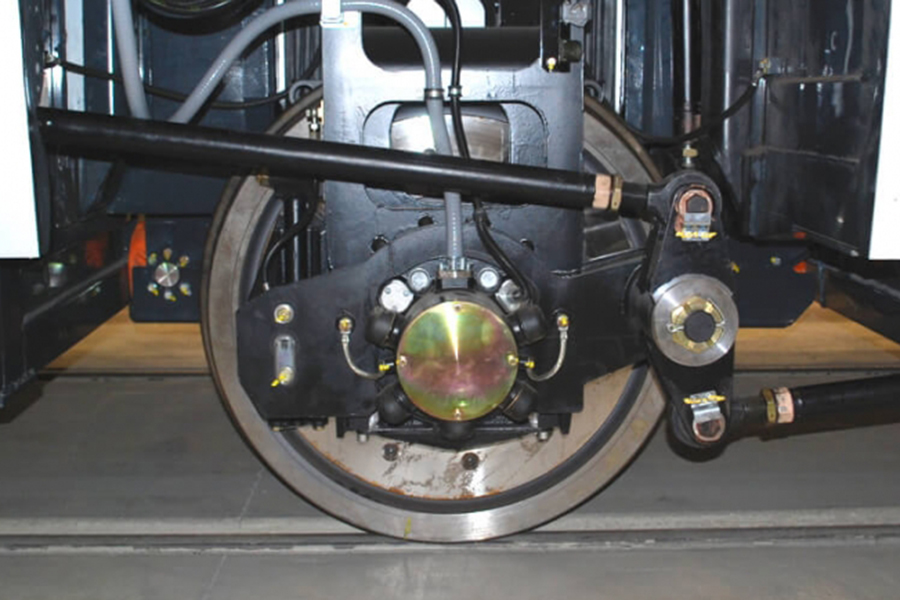
2. Power supply
Electric cars are basically huge batteries on wheels. As cars get bigger, they need bigger and heavier batteries, which creates multiple problems. Heavier cars do more damage to roads and require more frequent charging.
Electric trains are powered by overhead lines or a third rail—so they don’t haul around their power source. Their light weight reduces wear-and-tear on the tracks and increases energy efficiency.
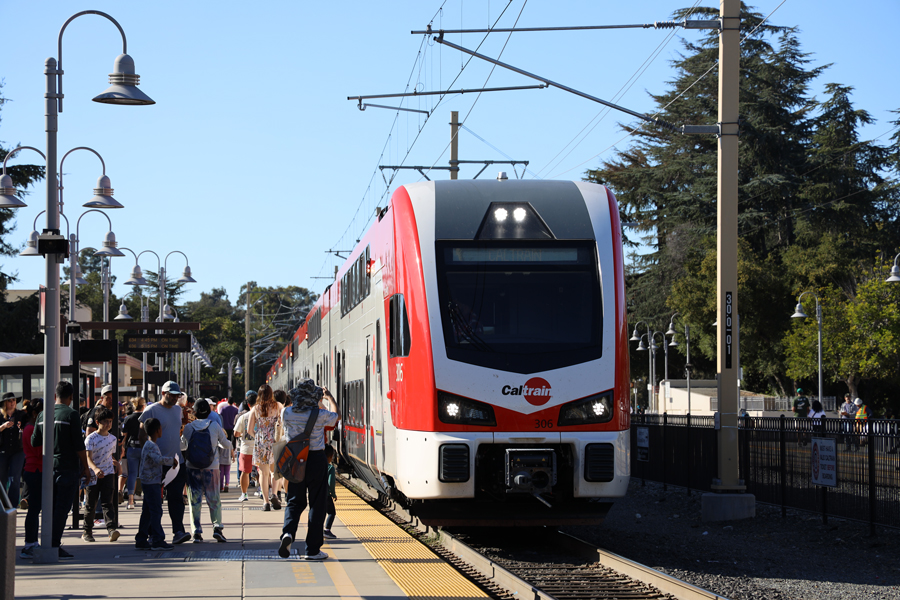
3. Capacity
A single highway lane can handle about 3,000 vehicles per hour.
A high-speed track using roughly the same footprint can carry about 12,000 passengers per hour. So trains can transport far more people using roughly the same space. And the more people per vehicle, the lower the per-passenger emissions. Especially if the trains are electrified and run at or near capacity, their environmental advantage over cars and planes is immense.
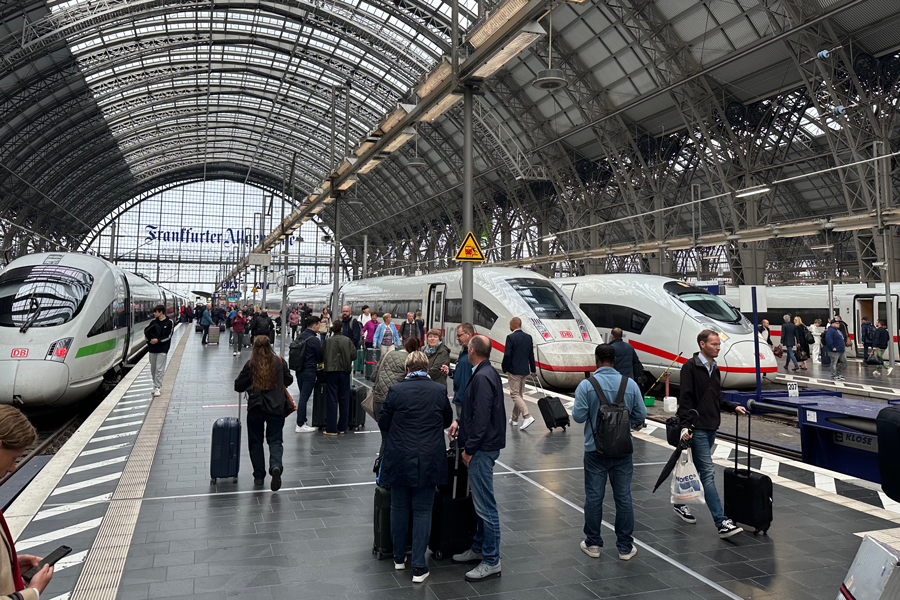
4. Draft
A train’s caravan formation is a powerful but often overlooked advantage. The draft created by the locomotive reduces drag—and increases energy efficiency—for the entire line of downstream railcars. Competitive cyclists and race-car drivers—as well as flocks of birds and schools of fish—use drafting to great effect. It’s impossible for cars to achieve this safely on highways.
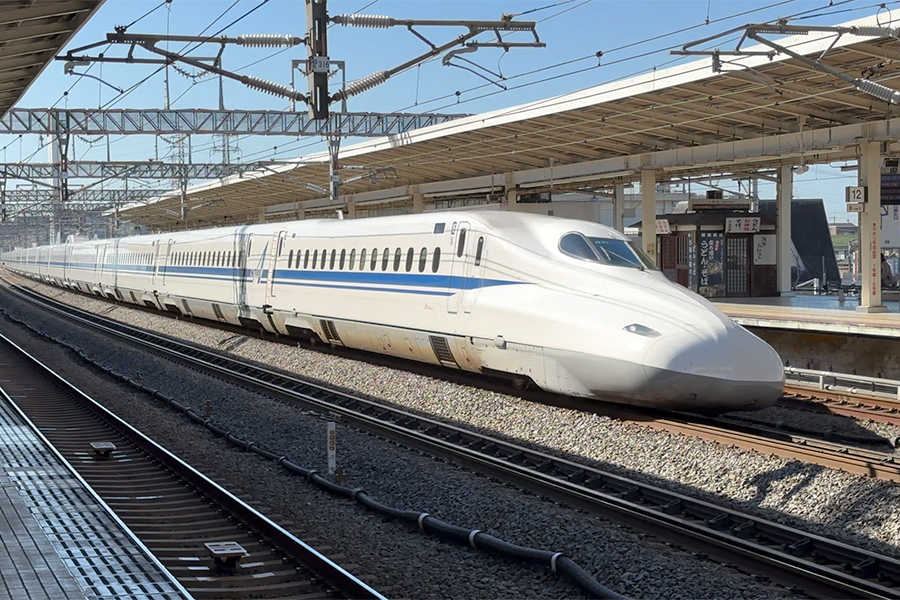
5. Lifespan
The expected lifespan of trains is roughly three times that of cars and EV batteries—i.e., about 35 years.
So a train will keep creating value and lowering carbon emissions more than 20 years after a car built the same year is relegated to the scrapyard. Since each new car consumes about two tons of steel, plastic, and mined materials (especially in the case of EVs), building more trains—and fewer cars—is one of the most effective ways to lower carbon emissions.
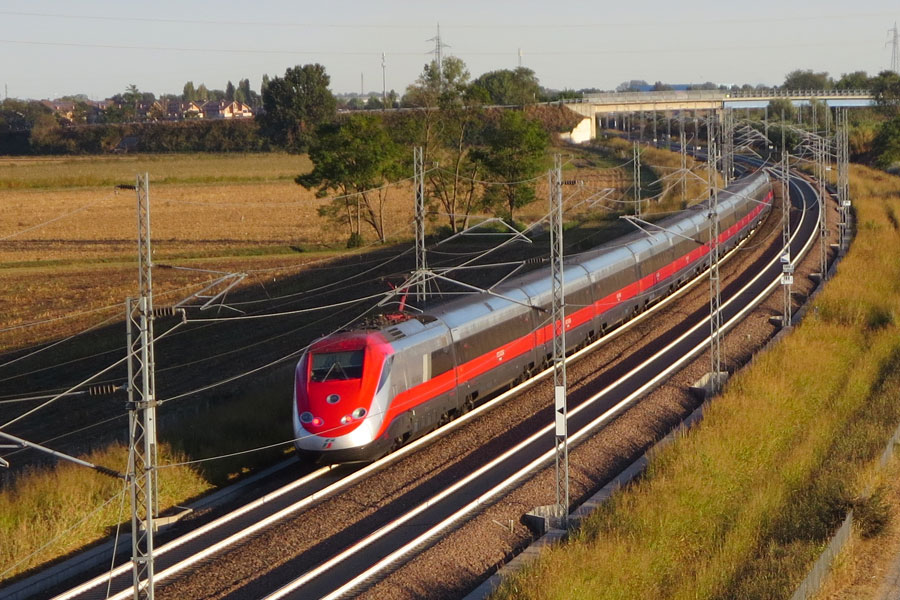
The Broader Impacts
Thriving, walkable communities
Cars and highways often divide our communities and pull them apart. Trains bring people together and build wealth in the broadest sense. Instead of hollowed-out downtowns, trains create vibrant cities that people can get to—and move around in—without a car. By de-incentivizing “sprawl” and attracting investment in dense city centers, they lead to vibrant cities—and reverse one of the key drivers of spiraling carbon emissions.
Less mineral mining
EVs are touted as the game-changing green technology in transportation, yet mining for the metals that they depend on has disastrous environmental effects. Lithium and cobalt mining is so carbon intensive that building an EV produces twice as many carbon emissions as building an internal combustion engine vehicle. The upshot is that an EV doesn’t begin cutting emissions (versus conventional cars) for eight years. The mining process also creates a wide range of environmental harms, especially to water supplies. Electric trains require no lithium.
More ways to move around
Great trains create a snowball effect. They deliver people to the heart of communities, on foot, which leads to lots of economic exchange in the area around the station. People go to their primary destination(s) and then visit nearby shops and restaurants. In most urban areas, they have the option of walking, biking, catching a bus, or using a “micro-mobility” device like a scooter. As people grow more used to taking the train, the options for getting around multiply. The culture begins to shift away from taking a car everywhere—toward low-emissions alternatives.
Strong intercity bus networks
Intercity buses are a smart, eco-friendly use of existing roads. They serve small communities that don’t have train service, and they fill in service gaps for those that do. And they’re phenomenally fuel efficient. For example, one analysis found that taking the bus from New York City to Boston produces nearly 26 pounds of carbon (per passenger), versus nearly 183 pounds (per passenger) for flying. As with trains and walking/micro-mobility options, trains and intercity bus service support and build on each other. Both give people the freedom to get where they need to go—without driving.
Green spaces, not parking lots
When fewer people drive, we need less of the infrastructure devoted to cars. That’s critical, because building and supporting car infrastructure causes immense environmental havoc. For example, parking lots intensify the urban heat island effect and contribute to urban flooding. One study found that, for many trips, the environmental costs of parking often exceed the environmental cost of the car trip itself. The US has about six parking spots for every car. Putting even a small fraction of them to more greener, more productive uses—like parks—would be a huge win for the environment.
The Latest from HSRA
Our Latest Blog Posts
Check out the latest news, updates, and high speed rail insights from our blog!
